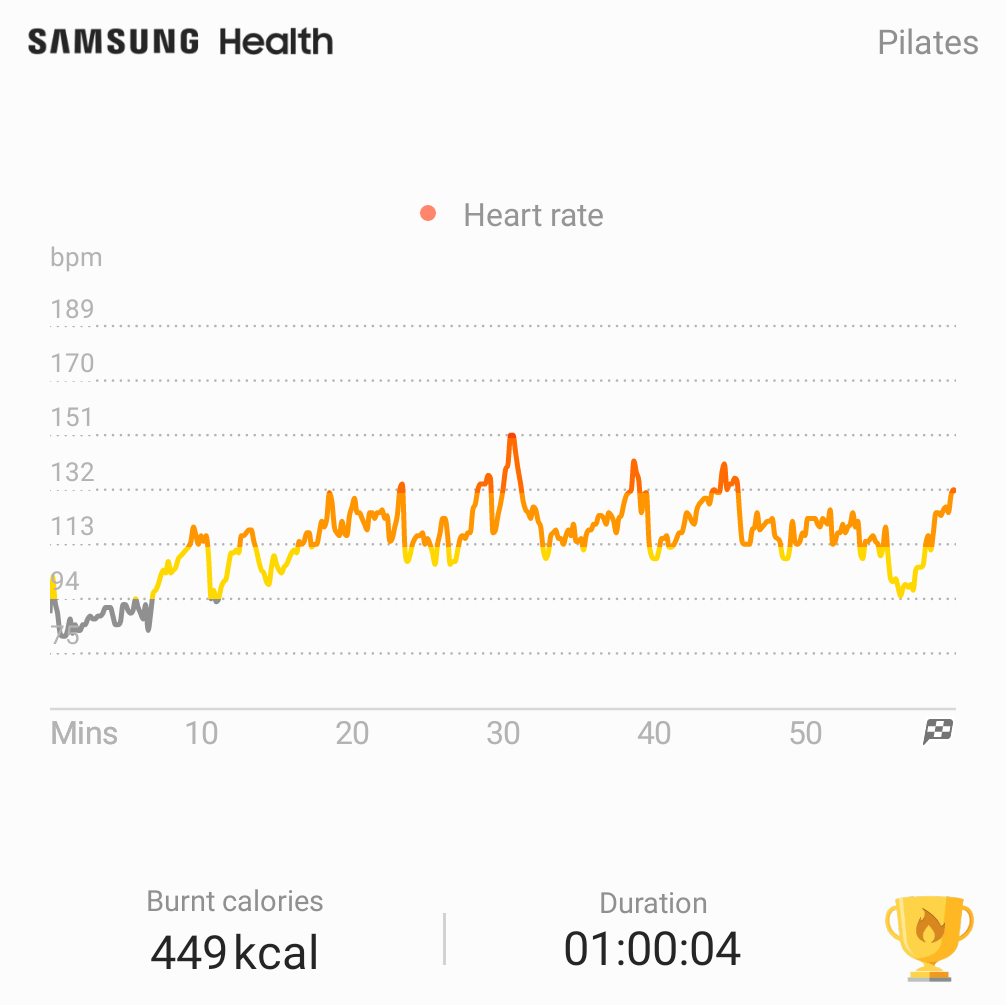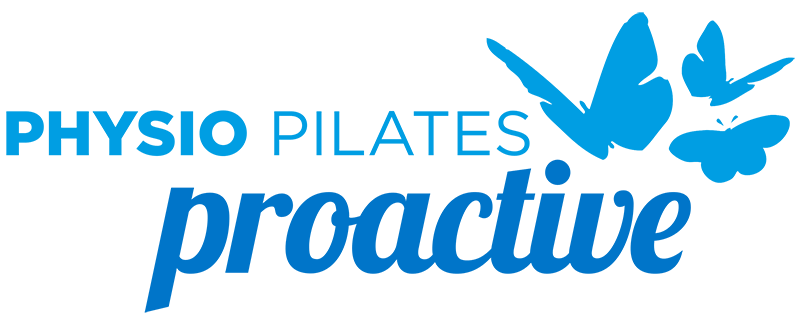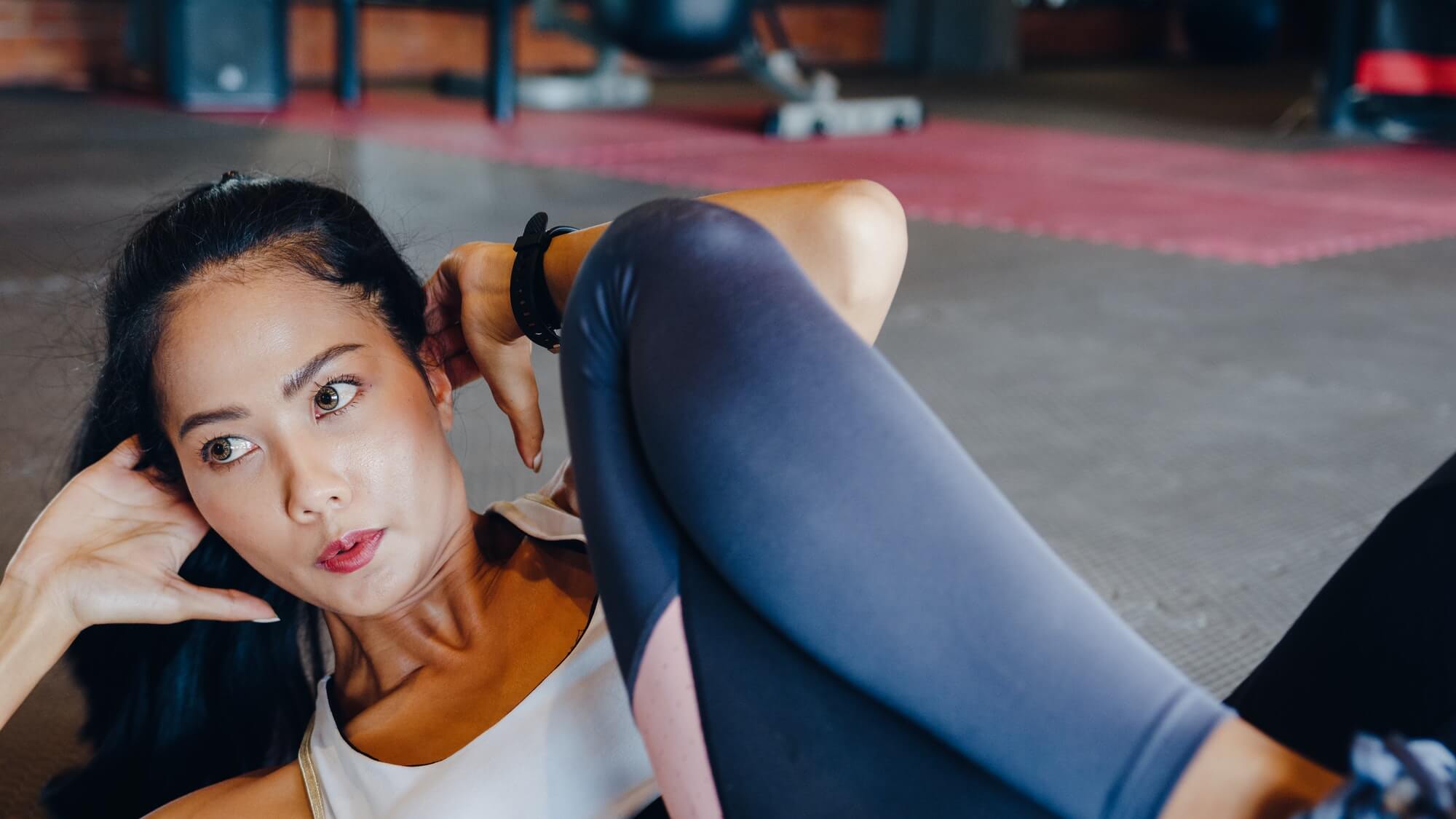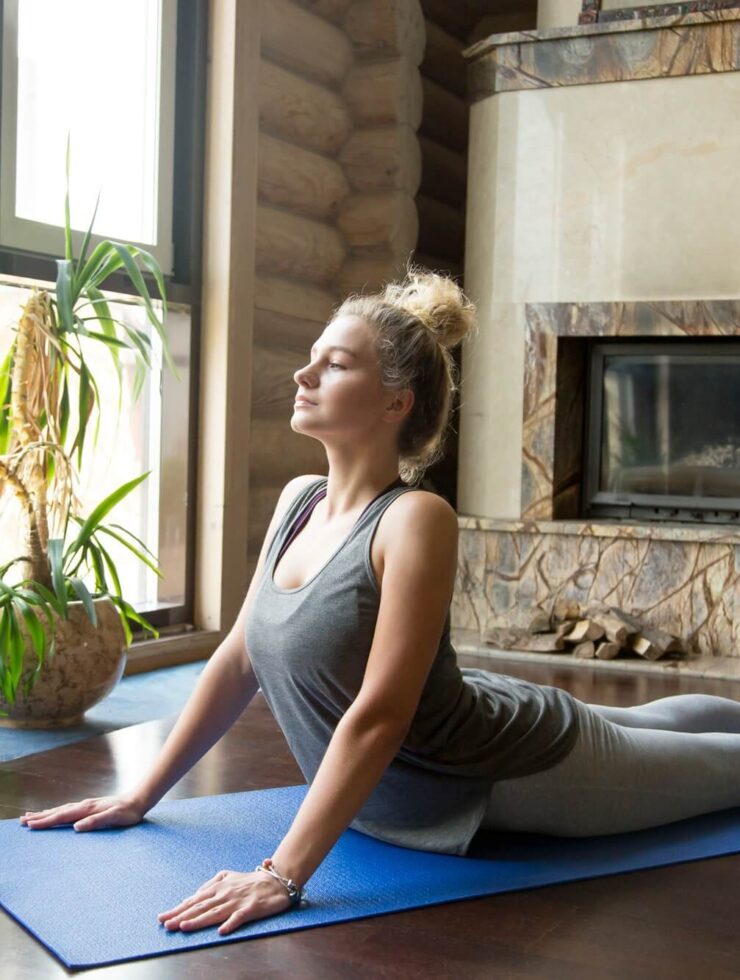The following is not medical advice and you should always consult a medical professional to assess what is right for you.
The short answer is yes! Everyone’s needs are different and their definition of what a “workout” is may indeed vary. The essential meaning of a workout as defined by Miriam Webster is “a period of physical exercise that you do in order to improve your fitness, ability, or performance”. With that definition, there is no doubt that Pilates is indeed a workout. Let’s examine it further by dispelling the common myth that Pilates is passive and doesn’t get your heart rate up. Pilates can vary considerably based on the type and intensity level of the class you do. However, this type of comment is usually made by someone who has never tried it themselves. So, what should your heart rate be during exercise? According to Johns Hopkins:
“Target heart rate is generally expressed as a percentage (usually between 50 percent and 85 percent) of your maximum safe heart rate. The maximum rate is based on your age, as subtracted from 220. So for a 50-year-old, maximum heart rate is 220 minus 50, or 170 beats per minute. At a 50 percent exertion level, your target would be 50 percent of that maximum, or 85 beats per minute. At an 85 percent level of exertion, your target would be 145 beats per minute. Therefore, the target heart rate that a 50-year-old would want to aim for during exercise is 85 to 145 beats per minute”.
Next, we have some actual data from a client’s smart health device (used with their permission) that shows a real example of their workout during one of our Intermediate Mat Classes:

The client’s heart rate averaged approximately 120 beat per minute for the 1-hour class and they burnt 449 calories. Their heart rate peaked at 151! Naturally, everyone is different, but this is a great example of what a Pilates workout can look like.
Pilates also has many other benefits. According to Better Health Victoria the health benefits of Pilates include:
- improved flexibility
- increased muscle strength and tone, particularly of your abdominal muscles, lower back, hips and buttocks (the ‘core muscles’ of your body)
- balanced muscular strength on both sides of your body
- enhanced muscular control of your back and limbs
- improved stabilisation of your spine
- improved posture
- rehabilitation or prevention of injuries related to muscle imbalances
- improved physical coordination and balance
- relaxation of your shoulders, neck and upper back
- safe rehabilitation of joint and spinal injuries
- prevention of musculoskeletal injuries
- increased lung capacity and circulation through deep breathing
- improved concentration
- increased body awareness
- stress management and relaxation
If you are considering whether Pilates is right for you, the recommended first step is an assessment by a Physiotherapist (all our Pilates is taught by Physiotherapists) to determine the right option for you. You can book that assessment here.




